Google Pixel 6 Pro vs iPhone 13 Pro Max: Android and iOS champions do battle
The Google Pixel 6 Pro has been announced, and inevitably the first comparison that’s going to be made is with Apple’s iPhone 13 Pro Max.
The parallels are obvious. These are the super-sized representatives of the two major smartphone platforms, Android and iOS. They’re also both stylish premium devices with outstanding camera systems and bespoke processing power.
So how do they compare? We’ll need more time with the Google Pixel 6 Pro before we can give you a definitive outlook, but here’s how the two phones stack up on paper.
Google Pixel 6 Pro vs iPhone 13 Pro Max price and availability
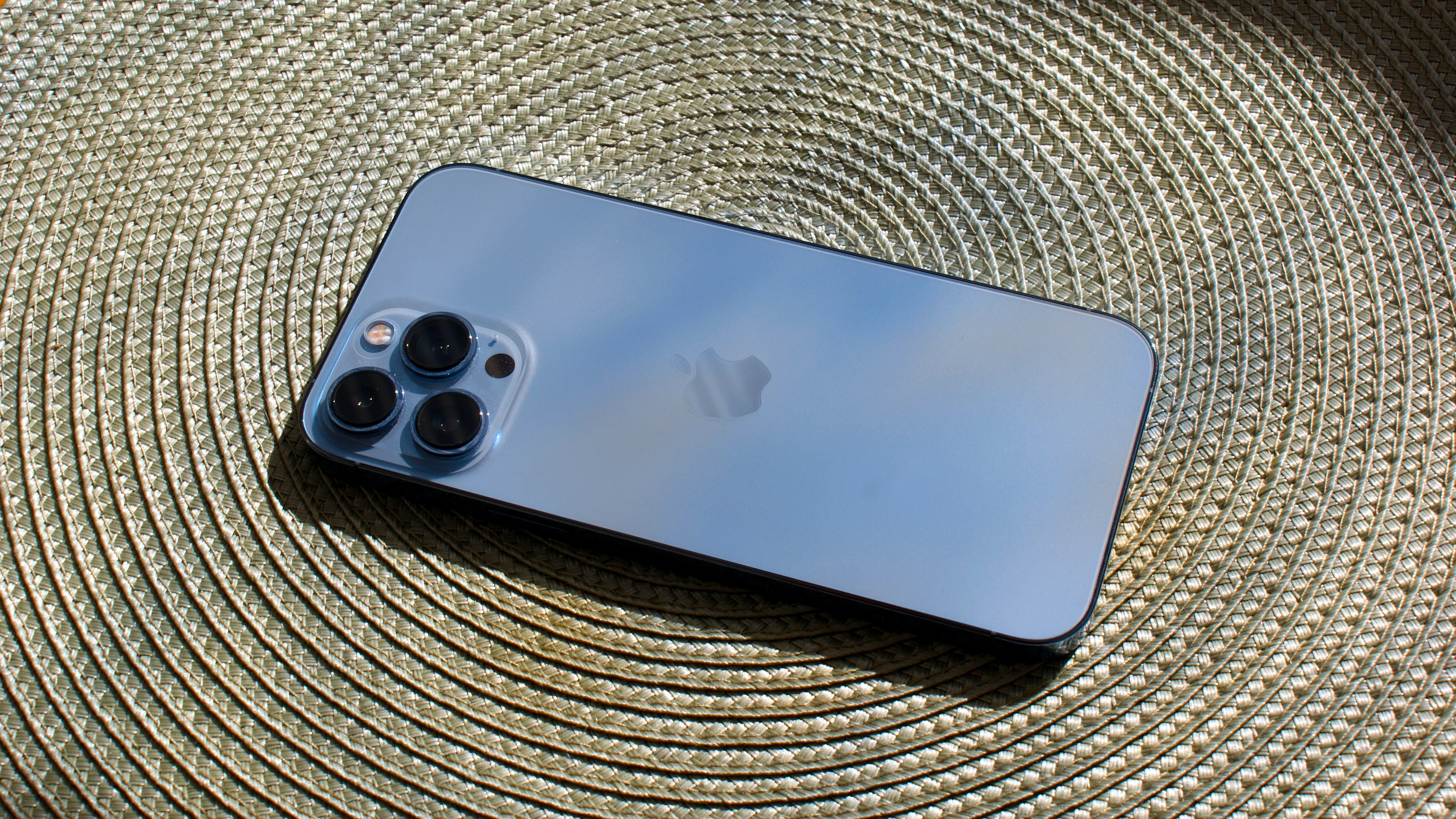
The Pixel 6 Pro will be available from October 28, and prices start from £849 / $899 (roughly AU$1,500) for 128GB. There’s also a 256GB model that costs £949 (around $1300, AU$1,750).
The iPhone 13 Pro Max was released on September 24, 2021. Prices start from $1,099 / £1,049 / AU$1,699 for the 128GB model, moving up to $1,199 / £1,149 / AU$1,869 for 256GB, then $1,399 / £1,349 / AU$2,219 for 512GB, and topping out at $1,599 / £1,549 / AU$2,569 for the new 1TB model.
As you can see, the Pixel 6 Pro is significantly cheaper than its chief rival. That’s an early win for Google.
Design
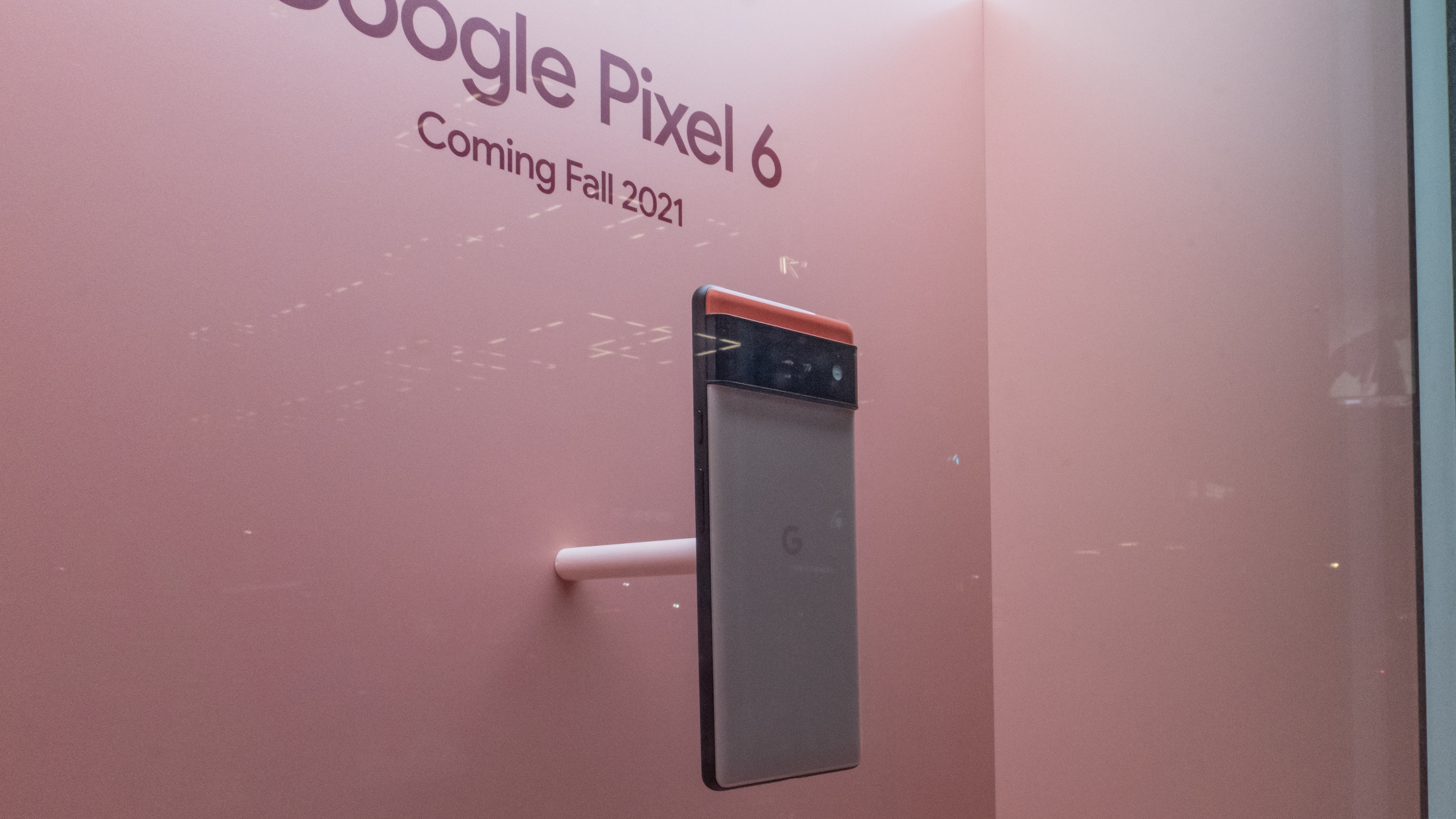
Both of these phones are stylish, but the Google Pixel 6 Pro has the freshest, and thus more eye-catching, design.
While the iPhone 13 Pro Max looks much the same as the iPhone 12 Pro Max, the Pixel 6 Pro doesn’t look quite like any phone that’s gone before it.
Its split two-tone rear panel (in Sorta Sunny, Cloudy White and Stormy Black) is particularly striking, while the full-width camera module provides a pleasingly symmetrical solution to the old problem of ever-expanding cameras.
Like we said, the iPhone 13 Pro Max looks a lot like the iPhone 12 Pro Max, though that phone represented a major break from the design dead-end Apple had found itself in between the iPhone 6 and iPhone 11 eras.
In terms of a direct size comparison, both phones have their bragging points. At 163.9 x 75.9 x 8.9mm, the Google Pixel 6 Pro is narrower but also taller and thicker than the 160.8 x 78.1 x 7.65mm iPhone 13 Pro Max.
However, Apple’s super-sized phone is considerably heavier than its Google rival, at 238g vs 210g. Neither is what you’d call light, but the iPhone is downright heavy.
Both phones have an IP68 dust and water resistance rating. While the iPhone 13 Pro Max has a super-tough ceramic shield covering the display, Google’s Pixel 6 Pro uses off-the-shelf (but still tough) Gorilla Glass Victus glass.
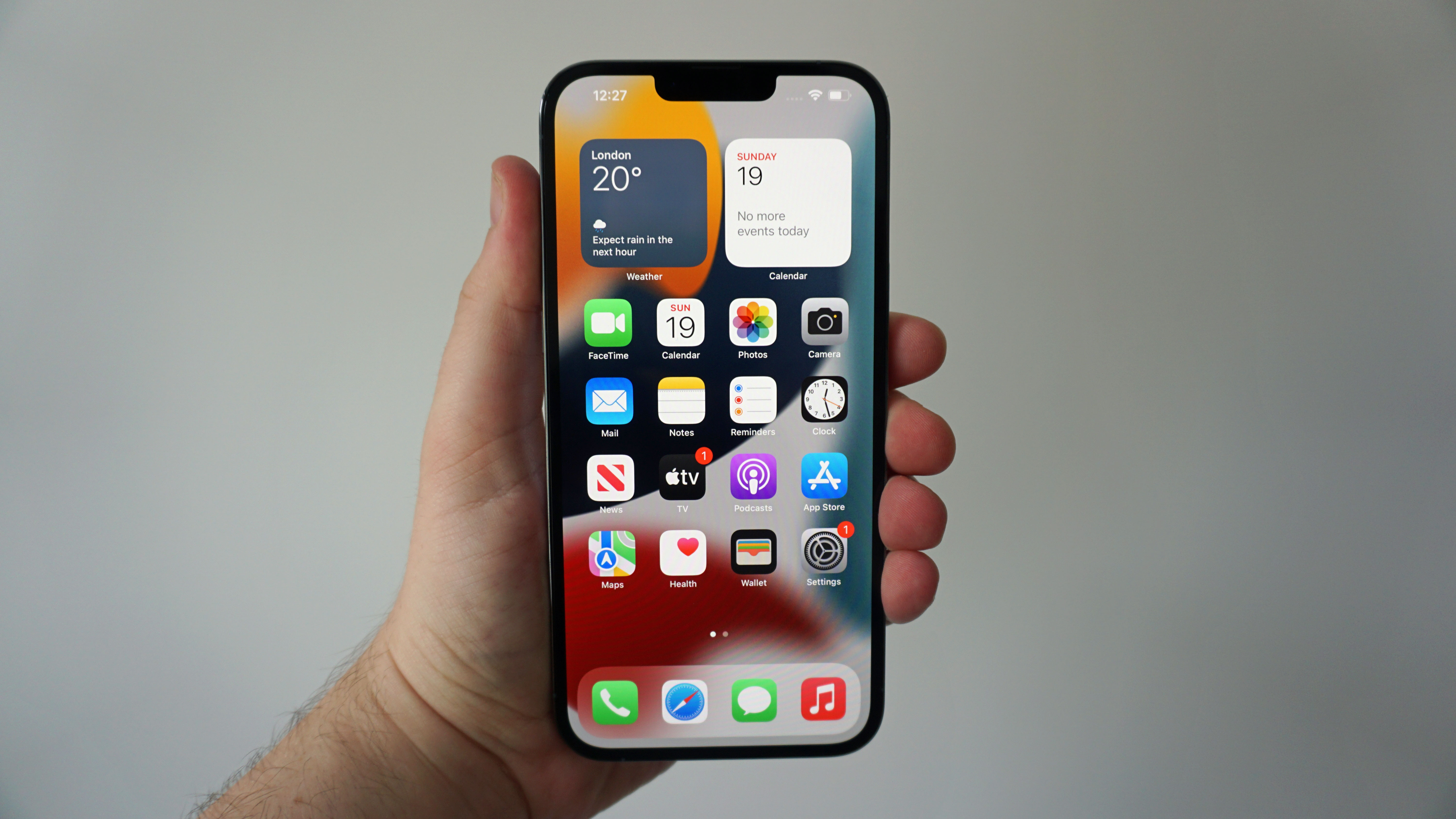
The iPhone 13 Pro Max utilizes premium, shiny stainless steel on its flat rim, and comes in Graphite, Gold, Silver and Sierra Blue. They’re all stylish, if a little muted for some tastes.
Apple has also reduced its iconic display notch by 20%, though the Google Pixel 6 Pro has an altogether less intrusive hole punch notch for its selfie camera. Apple’s notch, of course, houses a Face ID authentication system, which Google attempted to emulate and swiftly abandoned with the Pixel 4.
Display
Both of these phones utilize 6.7-inch OLED displays with fluid 120Hz refresh rates.
Those heightened refresh rates are made possible by the same LTPO technology, which in both cases enable the displays to scale right down to 10Hz when the scenario dictates. It’s a great battery-saving feature.
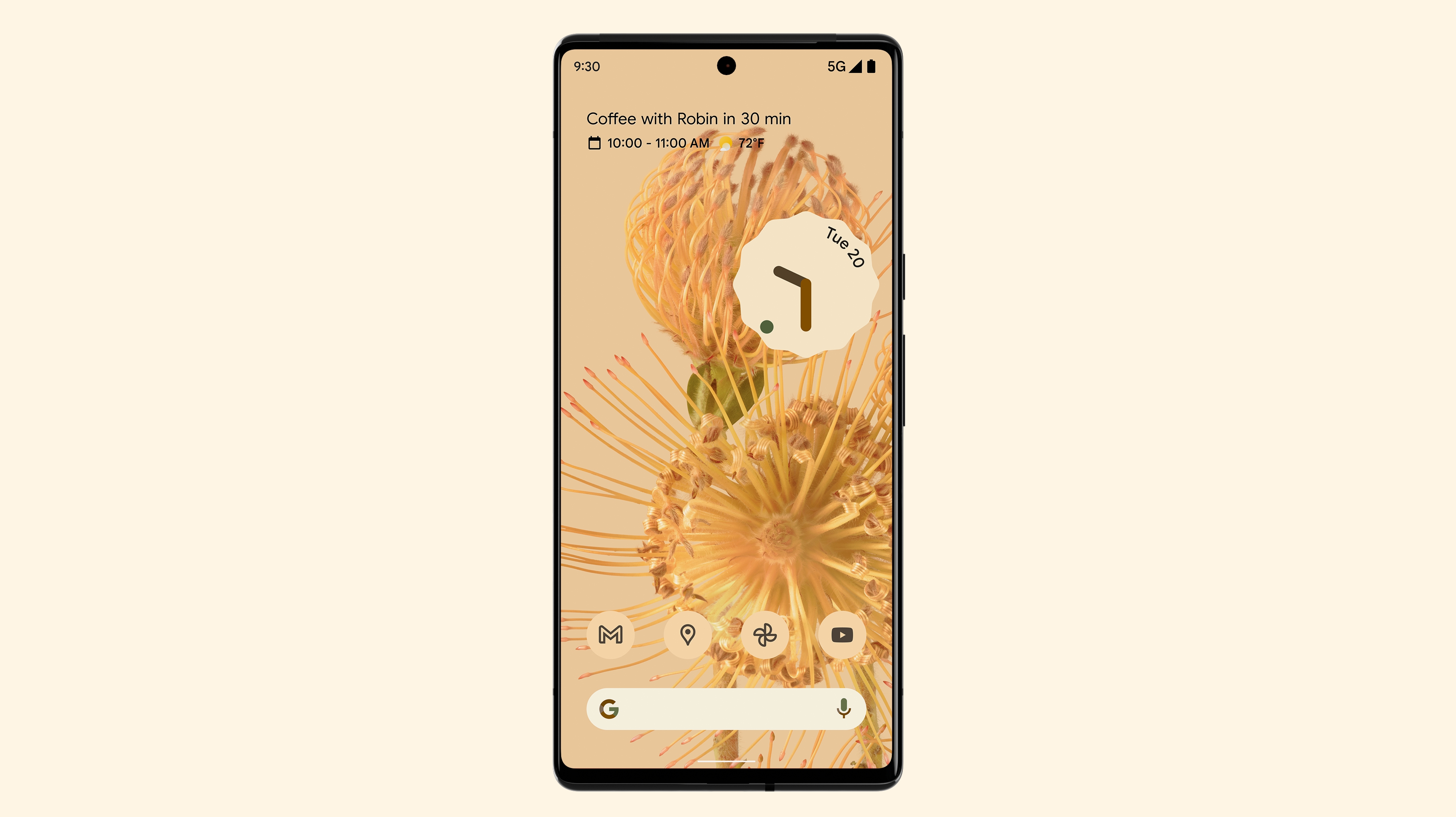
Where they differ is on sharpness. The iPhone 13 Pro Max display has a 2778 x 1284 resolution, while the Google Pixel 6 Pro tops it with a 3120 x 1440 QHD+ resolution.
It remains to be seen if Google can match or even top Apple when it comes to display brightness. The iPhone 13 Pro Max can hit 1000 nits in typical usage, and 1200 nits in HDR tasks.
All in all, these are two very closely matched displays. We’ll have to go hands-on to determine which is best.
It’s also worth noting that Google goes with an in-display fingerprint sensor versus Apple’s Face ID facial authentication method.
Cameras
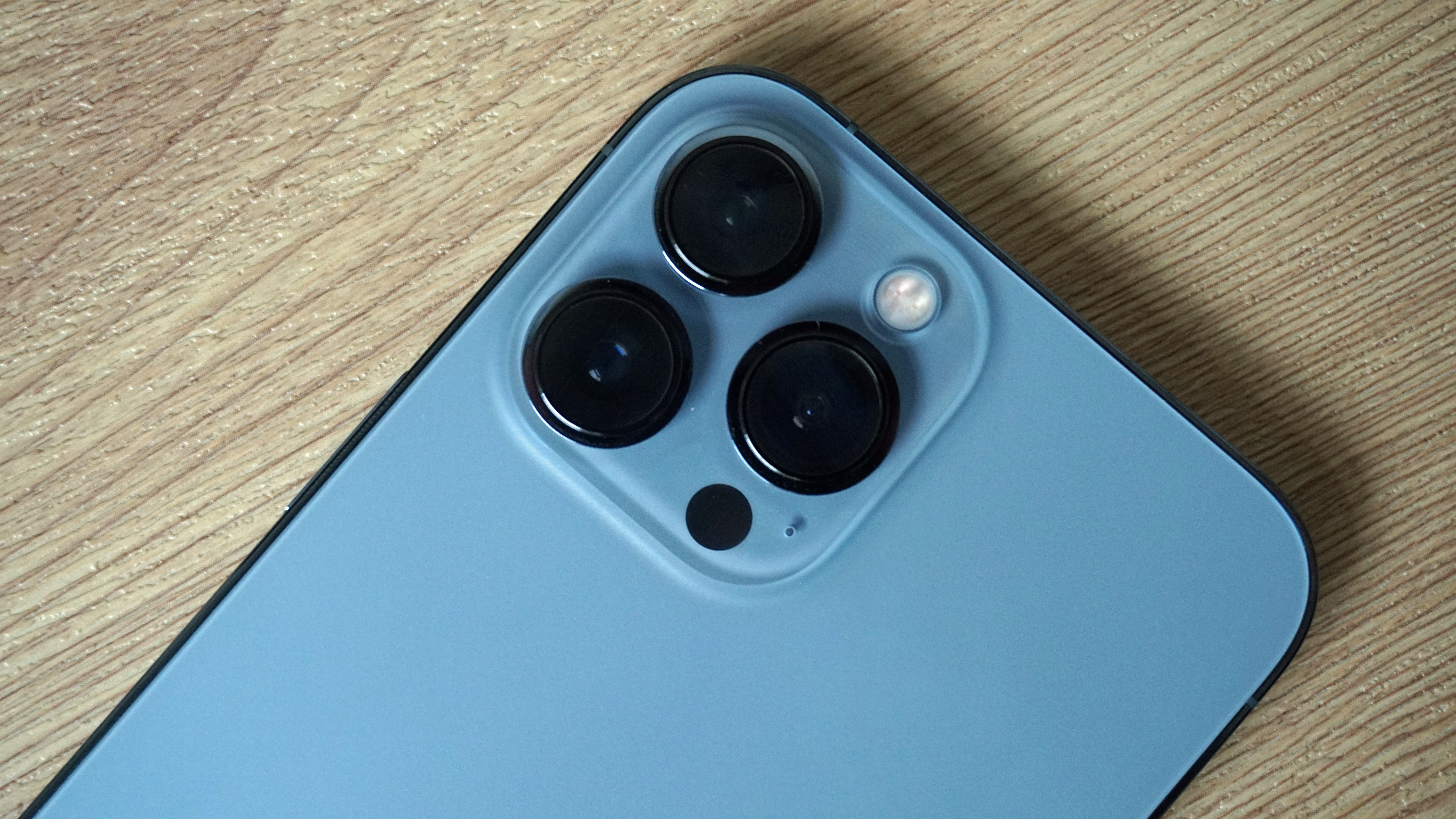
After a dominant spell, Google has fallen somewhat behind in the camera stakes. It’s always had outstanding algorithms, but its hardware was starting to get a little stale with the Pixel 5.
The Google Pixel 6 Pro could be on course to rectify that. It’s led by a whopping 1/1.31-inch 50MP wide sensor accompanied by an f/1.85 aperture.
This is backed by a 12MP ultra-wide, and a 1/2-inch 48MP telephoto sensor capable of 4x optical zoom. The wide and telephoto sensors enjoy both optical and electronic image stabilization.
If it’s to succeed, then it’ll have to beat the iPhone 13 Pro Max, which is quite possibly the best camera phone on the market right now. It achieves this through a trio of 12MP sensors for wide, ultra-wide, and telephoto.
All are larger than before, sucking up even more light, while Apple has brought its sensor-shift stabilization system across from the iPhone 12 Pro Max. The wide sensor has a huge f/1.5 aperture, so this thing really is a nighttime warrior.
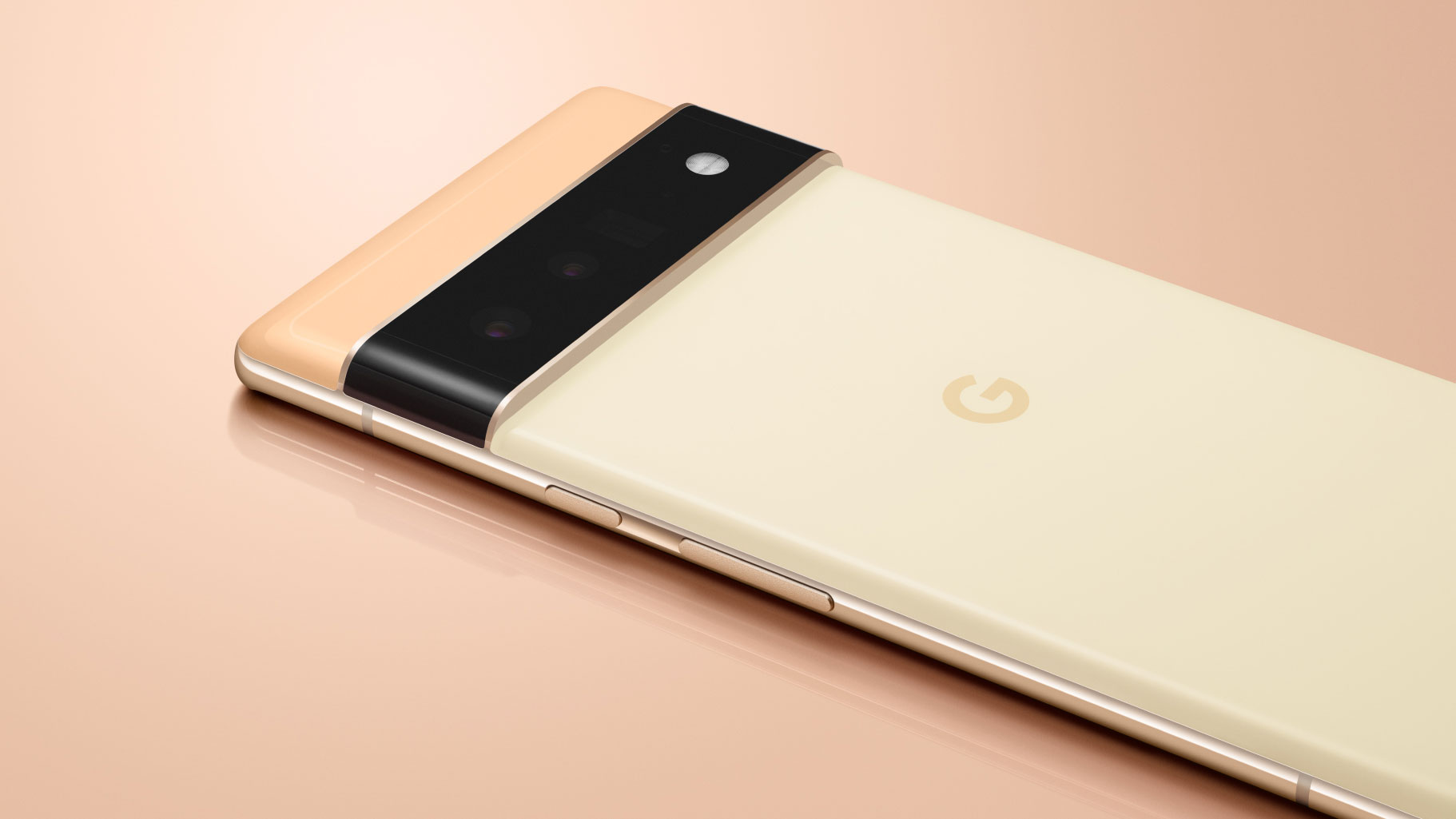
The iPhone’s ultra-wide sensor, meanwhile, also doubles as a new macro shooter, enabling you to get as close as 2cm from your subject. As for the telephoto lens, that can zoom in to 3x. That’s an improvement over the 2.5x iPhone 12 Pro Max, but the 4x Pixel 6 Pro would appear to have it licked.
Both camera systems bring a host of new software tricks to the table. The Google Pixel 6 Pro adds Face Unblur, which miraculously cleans up those blurry subjects.
Magic Eraser, meanwhile, lets you remove unsightly photo bombers and other annoyingly messy background details from your shots. The Pixel will even suggest which elements to remove. Motion mode lets you shoot arty long exposure and action shots with a tap.
The iPhone 13 Pro Max adds Photographic Styles, which let you fundamentally change the tone and warmth of a scene without making things look weird. You can even give your shots an extra dose of Pixel-like contrast, if you wish.
Both cameras add intriguing new tricks on the video side of things, too. The Pixel 6 Pro features Speech Enhancement, which can pick up speech even when there’s a lot of background noise.

The iPhone 13 Pro Max brings Cinematic Mode, which lets you apply Portrait-like bokeh effects to your footage - even after it’s been shot. It’ll also track the gaze of your subjects and adjust the focus accordingly.
ProRes support, meanwhile, will eventually add support for the high-end video codec that the pros use, enabling you to adjust more in post-production.
Specs and performance
We don’t know how powerful the Google Pixel 6 Pro’s custom Tensor chip is as yet, but it’s got it all to do to even approach the power of Apple’s A15 Bionic chip.
Apple reckons that its 6-core CPU and 5-core GPU are both 50% faster than the leading competition on the Android side, though of course that claim was made before the official unveiling of the Pixel 6 Pro.
Benchmarks reveal that the iPhone 13 Pro Max runs on 6GB of RAM, which is half that of the Pixel 6 Pro. We know better than to make too much of such a disparity by now, though. Android and iOS are simply too different in the way they handle memory for this to signify much of anything.
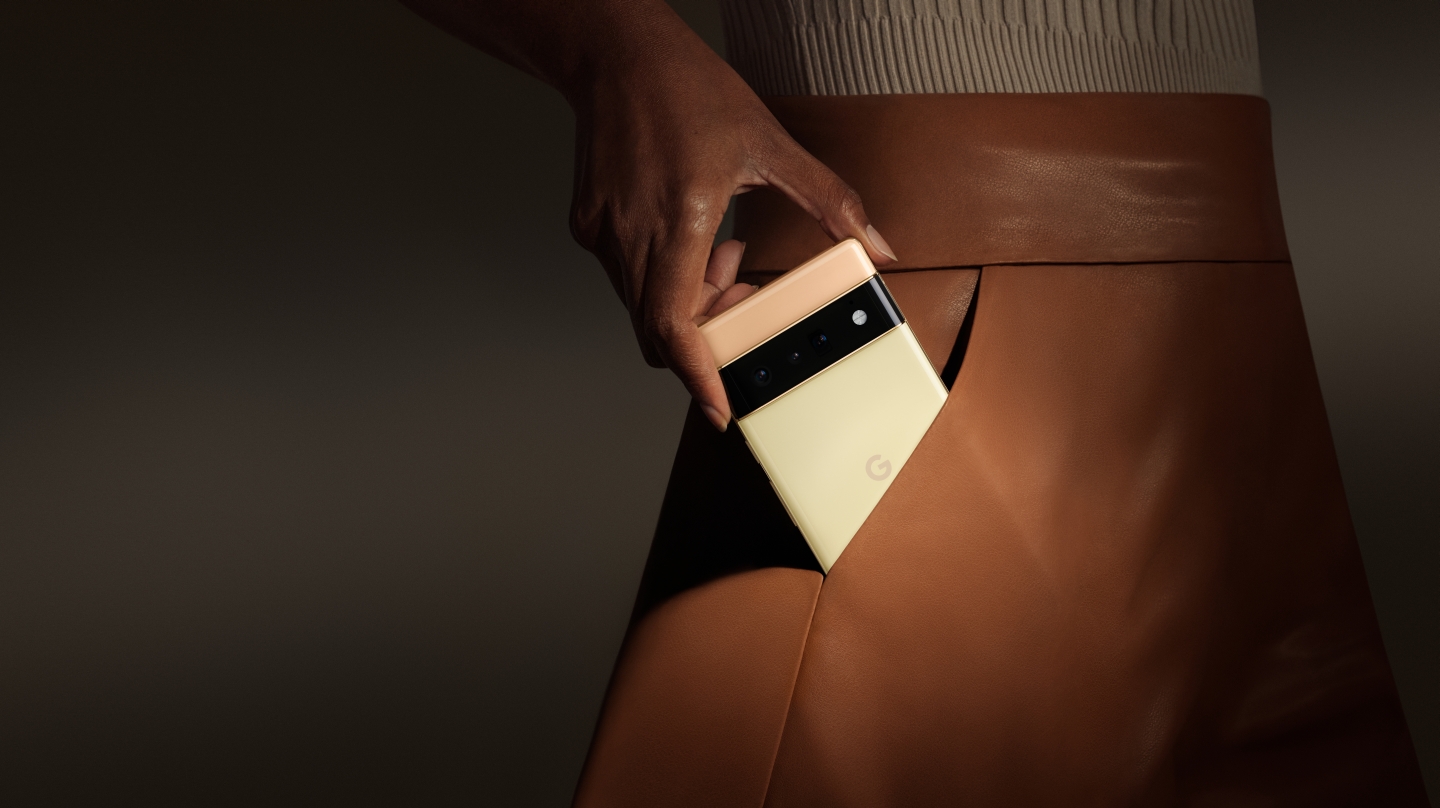
In terms of storage, both phones offer 128GB as standard. But while both also offer a 256GB option, the iPhone 13 Pro Max adds 512GB and 1TB models on top of that.
Both of these phones are 5G-ready, and both also contain their own types of ultra-wideband chip for accurate ranging and spatial orientation.
Battery
The Google Pixel 6 Pro packs in a 5,000mAh battery, while the iPhone 13 Pro Max has been found to have a 4,352mAh cell.
That might sound as if it's advantage Google, but as we’ve already made reference to, these two phones handle their resources very differently.
It remains to be seen how good the Pixel 6 Pro’s stamina is, but we already know that the iPhone 13 Pro Max has the best battery life ever from an iPhone. We were able to go a whole day of intensive usage, and still have around a third of a tank left.
Can Google and its new custom Tensor chip match that? We sincerely hope so.
Neither of these phones is the most impressive when it comes time to recharge. The Pixel 6 Pro wins out with its support for up to 30W wired charging, while the iPhone 13 Pro Max goes up to 23W.

But neither phone bundles a charger in the box. When rival phones from OnePlus and Xiaomi are supplying 65W bricks (and beyond) as part of the package, it’s not too impressive.
Apple’s phone supports 15W Qi wireless charging, while Google’s only goes up to 12W.
Software
Here’s where the real distinction lies. Both phones have highly compelling hardware, but the most significant point of contrast is likely to be that one phone is the champion of iOS 15, while the other is the champion of Android 12.
In terms of excitement, Google’s Android 12 with its new Material You UI is certainly the freshest of the two. That largely comes down to where both operating systems are in their development cycle, but the point remains.
Material You brings a vibrant, colorful interface to bear, with a smart system that takes your chosen wallpaper and adjusts the whole system-wide theming to suit.
Some of the bold widgets that Google has been showing off are simply stunning, too.
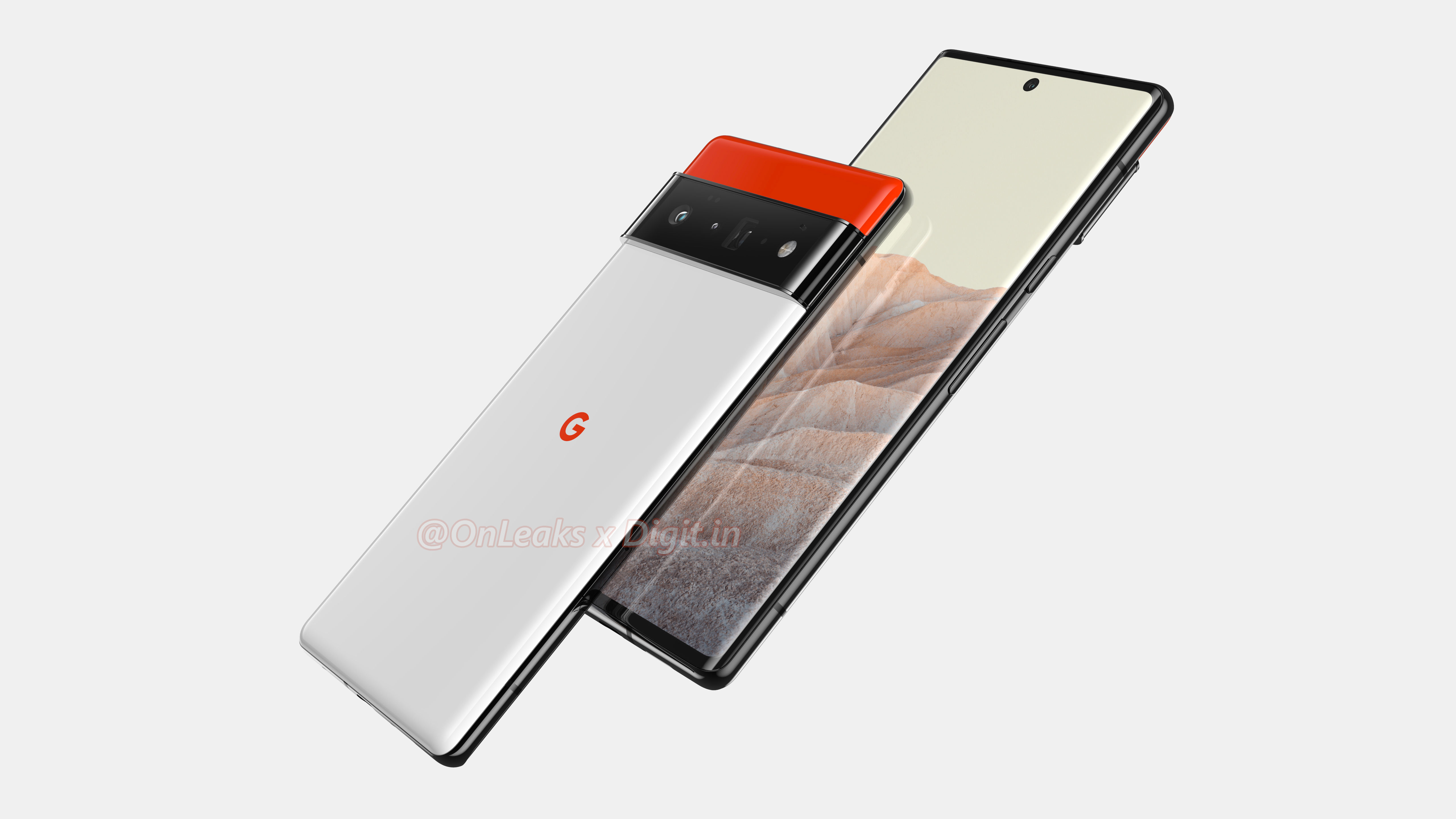
Apple’s iOS 15, by contrast, is a fairly subtle revision of what’s gone before it. Apple has upped its widget game, however, after shunning or siloing them for years. Whisper it, but these two operating systems have been getting closer and closer in recent years.
Apple’s App Store is still the best of its kind in terms of consistency, quality, roster, and security. But Android users will swear by the greater flexibility and customization potential of their chosen OS.
Takeaway
It’s early days, but Google appears to have supplied a compelling alternative to the iPhone 13 Pro Max. It’s got a distinctive design, the fluid and punchy display, the custom power, and the enhanced camera chops to mix it with Apple’s flagship.
Or it does on paper, at least. We’ll enjoy putting Google’s claims to the test, but it’s worthy remembering that the company is a seasoned vet at this smartphone hardware game by now.
Ultimately, this is still likely to come down to which software ecosystem you’re already subscribed to. Are you an Android person, or an iOS person?
True, it’s never been easier to chop and change. But when you have two big, beautiful, powerful smartphones, it could all come down to the UI and apps. Stay tuned to find out if our suspicions prove correct.
source https://www.techradar.com/news/google-pixel-6-pro-vs-iphone-13-pro-max/


No comments